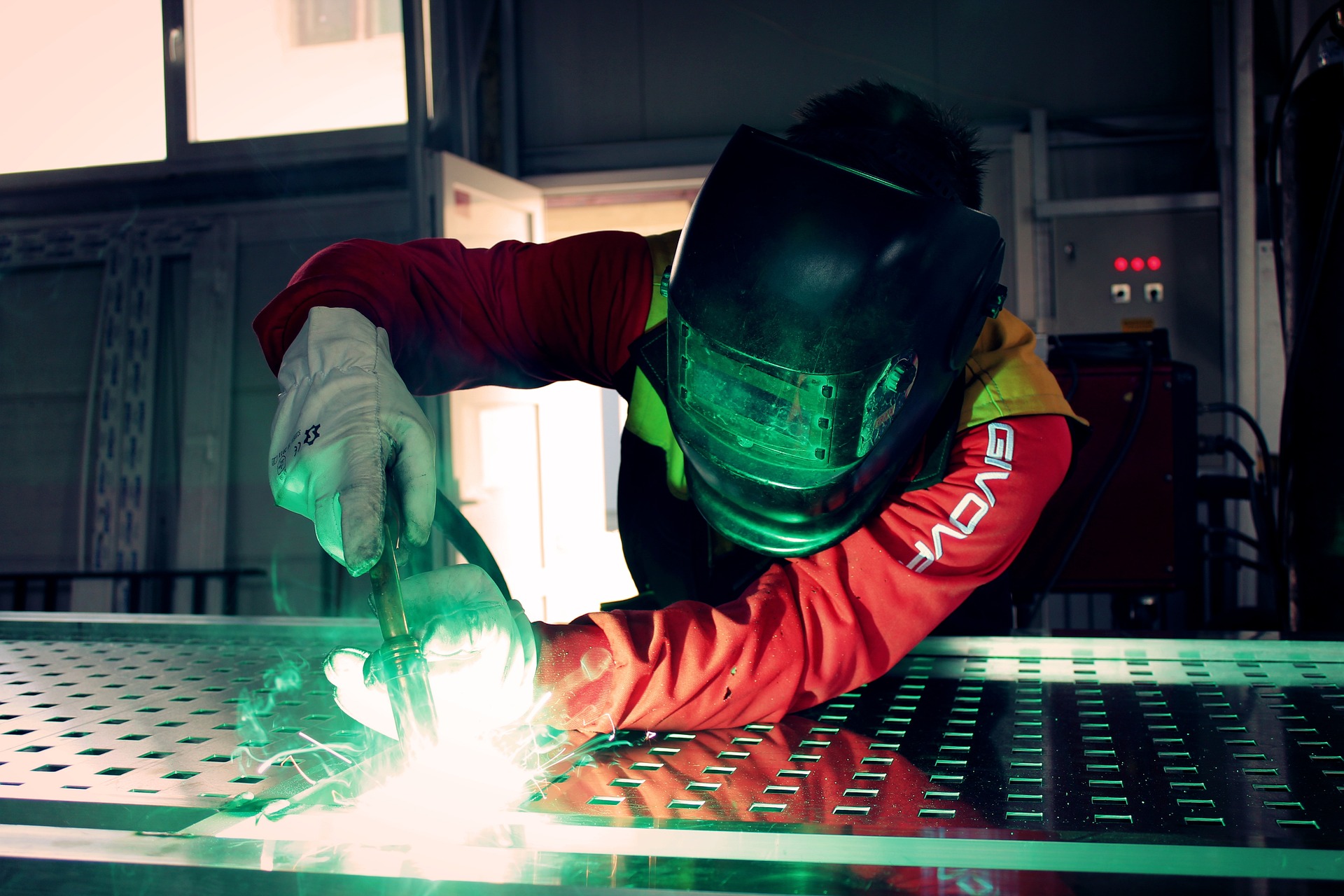The Comprehensive Guide to Welding Machines: Types, Uses, and Safety
Welding machines are essential tools in various industries, from construction and manufacturing to automotive repair and artistry. These versatile devices join metals together through heat and pressure, creating strong and durable bonds. Whether you're a professional welder or a DIY enthusiast, understanding the different types of welding machines and their applications is crucial for choosing the right equipment for your projects.

-
Resistance Welding Machines: These rely on electrical resistance and pressure to join metals. Spot welding is a popular form of resistance welding.
-
Gas Welding Machines: These use a combination of fuel gas and oxygen to create a flame that melts the metal.
-
Laser Welding Machines: These utilize high-powered lasers to melt and fuse metals together, offering precision and speed.
-
Plasma Arc Welding Machines: These use a plasma arc to melt the metals, providing high penetration and fast welding speeds.
Each type has its strengths and is suited for different materials and applications, making it essential to choose the right machine for your specific needs.
How do MIG welding machines work?
MIG (Metal Inert Gas) welding, also known as GMAW (Gas Metal Arc Welding), is one of the most popular welding methods due to its versatility and ease of use. MIG welding machines work by feeding a continuous wire electrode through a welding gun. As the wire touches the base metal, it creates an electric arc that melts both the wire and the metal, forming a weld pool.
The process is shielded by an inert gas (usually argon or a mix of argon and carbon dioxide) that flows through the gun, protecting the weld from atmospheric contamination. This shielding gas helps produce cleaner welds with less spatter.
MIG welding machines are suitable for a wide range of metals, including steel, aluminum, and stainless steel. They’re often used in automotive repair, fabrication, and manufacturing due to their ability to produce fast, clean welds on various thicknesses of metal.
What are the advantages of TIG welding machines?
TIG (Tungsten Inert Gas) welding, also called GTAW (Gas Tungsten Arc Welding), offers several advantages that make it ideal for certain applications:
-
Precision: TIG welding provides excellent control over the weld, allowing for very precise and clean welds.
-
Versatility: It can be used on a wide range of metals, including aluminum, stainless steel, and even exotic metals like titanium.
-
No Filler Metal Required: For some applications, TIG welding can join metals without the need for filler material.
-
Minimal Splatter: The process produces very little splatter, resulting in cleaner welds and less post-weld cleanup.
-
Thin Material Welding: TIG is excellent for welding thin materials without burning through.
-
Aesthetics: TIG welds are often more visually appealing, making it a preferred choice for visible welds in artistic or high-end fabrication work.
These advantages make TIG welding machines popular in aerospace, automotive, and artistic metalworking industries where precision and weld quality are paramount.
How to choose the right welding machine for your needs?
Selecting the appropriate welding machine depends on several factors:
-
Material Type: Consider the metals you’ll be working with most frequently. Some machines are better suited for specific materials.
-
Material Thickness: Different welding processes are more effective on varying thicknesses of metal.
-
Power Source: Determine whether you need a machine that runs on household current (110V) or industrial power (220V or higher).
-
Portability: If you need to move the machine frequently, consider its weight and size.
-
Duty Cycle: This indicates how long the machine can operate continuously. Higher duty cycles are better for longer welding sessions.
-
Budget: Welding machines vary widely in price. Balance your needs with your budget constraints.
-
Skill Level: Some welding processes are easier to learn than others. Consider your experience level when choosing a machine.
-
Additional Features: Look for features like thermal overload protection, adjustable wire feed speed, and multiple voltage options.
By carefully considering these factors, you can select a welding machine that best fits your specific requirements and helps you achieve high-quality welds consistently.
What safety precautions should be taken when using welding machines?
Welding can be dangerous if proper safety measures are not followed. Here are essential safety precautions to take when operating welding machines:
-
Wear Proper Personal Protective Equipment (PPE): This includes a welding helmet, flame-resistant clothing, leather gloves, and steel-toed boots.
-
Ensure Proper Ventilation: Welding produces fumes that can be harmful if inhaled. Work in well-ventilated areas or use fume extraction systems.
-
Protect Against Electric Shock: Keep your work area dry and insulate yourself from the ground and the work piece.
-
Fire Safety: Remove flammable materials from the welding area and keep a fire extinguisher nearby.
-
Eye Protection: Always use a welding helmet with the appropriate shade for the type of welding you’re doing.
-
Hearing Protection: Use earplugs or earmuffs to protect against the loud noises associated with welding.
-
Read the Manual: Familiarize yourself with your specific welding machine’s operation and safety features.
-
Regular Maintenance: Keep your welding machine in good condition through regular inspections and maintenance.
By following these safety guidelines, you can minimize the risks associated with welding and create a safer working environment.
In conclusion, welding machines are indispensable tools in many industries and for various applications. Understanding the different types, their uses, and how to choose the right one for your needs is crucial for successful welding projects. Always prioritize safety when working with these powerful machines to ensure a productive and accident-free welding experience.






